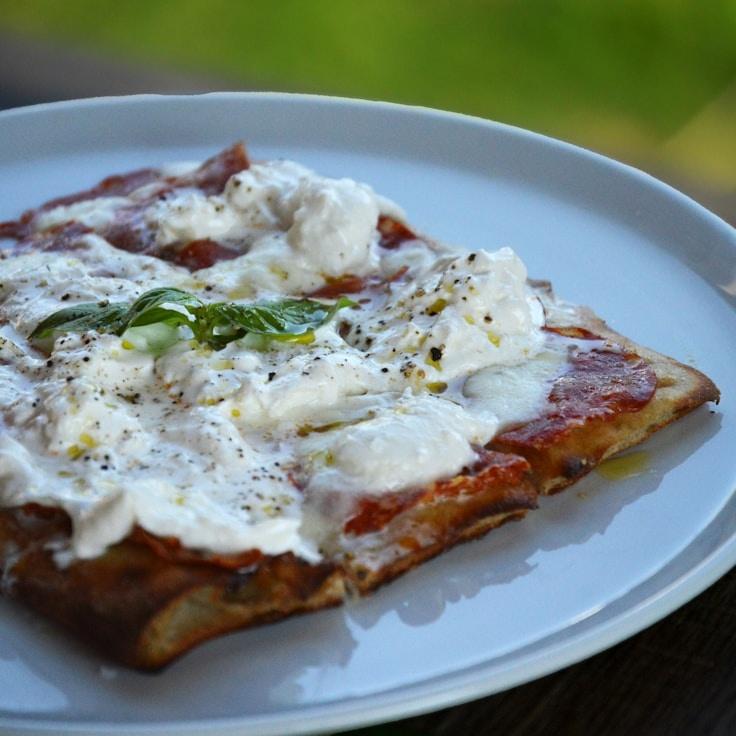At AtlasPaperWorks, we're passionate about creating extraordinary pizza beginning with outstanding dough. With over thirty years of dough perfection under our belts, we're thrilled to divulge a few of our dough-making tips. Though our precise recipe remains a closely-guarded legacy, we'll guide you to replicate pizzeria-grade pizza dough in your very kitchen.
Quality of Flour is Key
Superb pizza dough starts with first-rate flour. For ideal dough, go for 00 flour, which is a superfine Italian variation with a moderate protein level of 12%. It yields a dough that has the right mix of fortitude and softness. In absence of 00 flour, bread flour can be used as an alternative, however, this will slightly alter the dough’s texture.
Understanding Water Temperature and Dough Hydration
Water temperature is crucial for regulating fermentation time and the development of the dough. Use chilled water at 45°F (7°C) for lengthy fermentation to enhance the flavor, and warm water at 85°F (29°C) to speed up fermentation. Aim for a hydration ratio of water to flour around 60-70% to suit most regular ovens.
Less Yeast, More Fermentation Time
To achieve a richly flavored dough, use minimal yeast and extend the fermentation time. A ratio of 0.2% fresh yeast to the flour weight, fermented over a 24-48 hour period, is ideal. This gradual process endows the dough with a nuanced flavor profile as well as making it easier to digest.
Salt's Role Goes Beyond Taste
Salt's purpose isn't limited to flavor—it also strengthens gluten networks and moderates fermentation. It's best to employ fine sea salt at a ratio of 2.5-3% of your flour weight. Introduce the salt once the flour and water are partially integrated, to keep it from interfering with the yeast directly.
Fermentation is an Art Form
Post-mixing, let your dough undergo a primary fermentation at room temperature for a couple of hours, then parcel it out into balls. Relocate them into lidded containers and refrigerate for a 24-72 hour period. It's during this cold fermentation that enzymatic activity turns starches into sugars, adding depth of flavor and that desirable browning to the crust.
Gentle Touch for Dough Handling
Prior to pizza assembly, rest your dough at room temperature for an hour or two. When shaping the dough, be delicate to retain the air bubbles that formed. Rather than rolling, gently press and stretch with your fingers to keep those essential air pockets intact.
Heat: The Finishing Element
Your oven at home might not reach the searing temperatures of 850°F (454°C) that our wood-fired ovens can, often peaking at around 550°F (288°C). Make up for lower temperatures by using a pizza stone or steel, preheated for a solid hour, as this will emulate the intense bottom heat needed to get a crispy crust and light interior.
Perfection in pizza dough craftsmanship is an ongoing adventure. Each preparation is an opportunity for learning more about the craft. It's advised to maintain notes, tweak parameters, and to experiment to find the right recipe for your own kitchen space.
Interested in seeing how we prepare our dough up close? Our monthly pizza workshops are perfect for that, where Chef Luca will showcase these methods with precision. For future workshop dates, be sure to look at our event calendar!

